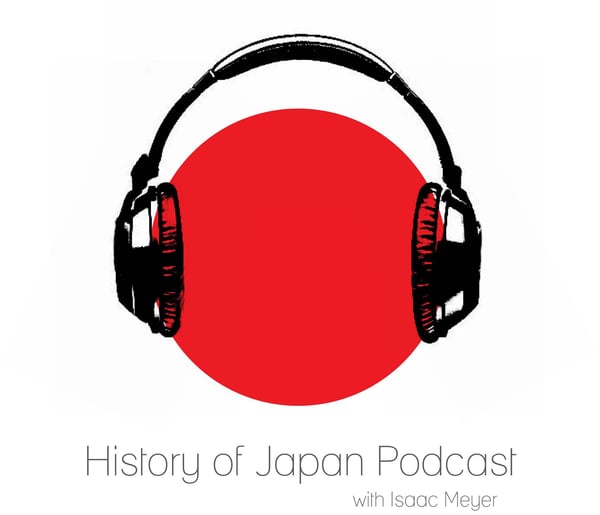Episode 460 - The Empty Throne, Part 3
History of Japan
Isaac Meyer
4.8 • 744 Ratings
🗓️ 4 November 2022
⏱️ 38 minutes
🧾️ Download transcript
Summary
This week: the boy emperor Meiji takes responsibility for Japan's future. But what did that mean in practice? What does an emperor, especially a boy emperor, actually do?
Show notes here.
Transcript
Click on a timestamp to play from that location
| 0:00.0 | Hello and welcome to the history of Japan podcast, episode 460, The Empty Throne, Part 3. |
| 0:23.9 | Japan's 122nd Emperor, and arguably the most famous one in its history, ascended to the |
| 0:30.6 | throne in a short coronation ceremony held on February 3, 1867, just a few short days after his father's death. |
| 0:40.3 | His ascent took place during an enormously tumultuous time. |
| 0:44.9 | The events of the past year had radically tipped the balance of power in Japan against the Tokugawa |
| 0:50.0 | shogunate, and the imperial throne was now in the hands of an easily controlled 15-year-old |
| 0:55.4 | rather than the fiery and conservative Emperor Colme. But at first, for the young emperor |
| 1:02.2 | known as Mutsu Hito, very little of daily life actually changed. And by the way, just a quick |
| 1:09.8 | word about names here. |
| 1:11.6 | Beyond just this once, I'm going to keep referring to the sitting emperor as Meiji, |
| 1:16.6 | because that's how he's best known in English, and frankly in Japanese for that matter. |
| 1:21.6 | This was one of three names he used during his lifetime. |
| 1:24.6 | First, the boyhood name of Prince Sachi or Sachi Nomiya, then the |
| 1:29.0 | adult name given to him around the age of 10, Mutshito, and then finally Meiji, a name not |
| 1:34.7 | settled on until over a year and a half after he ascended to the throne. |
| 1:41.0 | Previous emperors had used their adult names during their lifetimes. |
| 1:45.2 | The renal names we generally refer to them with were in turn picked after death by learned |
| 1:49.9 | members of the imperial court. |
| 1:52.5 | For example, Kho-me, literally filial brilliance, is derived from the Confucian classic |
| 1:58.1 | the Shao Jing or classic of filial piety. But during his lifetime, |
| 2:02.6 | his name was Osahito. Starting with Meiji, in order to more closely associate the |
| 2:08.9 | imperial throne with the daily lives of the people, this practice was discontinued. Instead, |
... |
Please login to see the full transcript.
Disclaimer: The podcast and artwork embedded on this page are from Isaac Meyer, and are the property of its owner and not affiliated with or endorsed by Tapesearch.
Generated transcripts are the property of Isaac Meyer and are distributed freely under the Fair Use doctrine. Transcripts generated by Tapesearch are not guaranteed to be accurate.
Copyright © Tapesearch 2025.

